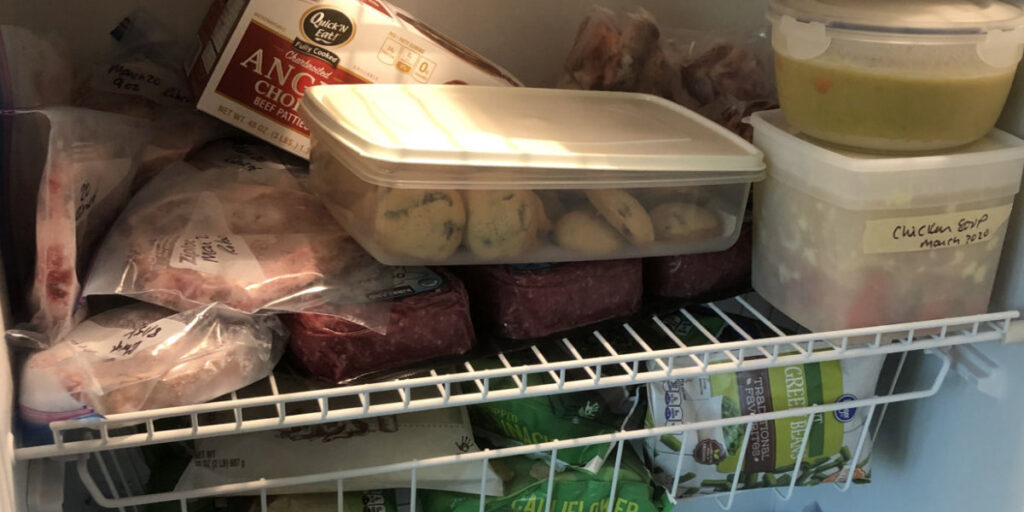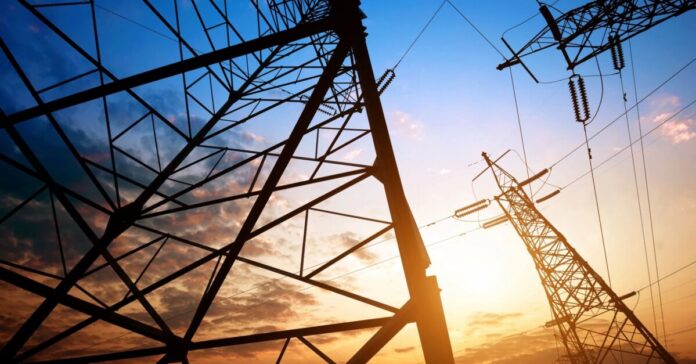The other night at dinner, my phone chimed. It was a message saying grid power had been restored. After confirming this was the case, I went into the basement and flipped on all the circuit breakers back on.
It took three weeks for us to get our power back. That’s a long time, but it’s far better than the initial three-to-five month estimate.
Our recovery from Hurricane Helene continues to make progress, although we still cannot drive out of our mountain home because the ford remains unrepaired and the road is badly damaged. Until it is repaired, we can’t get the heavy equipment up to the house to repair the mudslides. We have hopes it will be just another week or two.
I have to give the utility credit: When they finally tackle a job, they hit it hard. There was a crew of 28 men in at least 10 trucks and other vehicles on our road. They even brought a pole-setting machine that was on tracks to reach difficult locations.
Only two of the people I saw were employees of the utility. The others were from an outside contractor, one of two different contractors I saw working in the area.
On Thursday and Friday, the hills rang with the sweet sound of chain saws and heavy equipment as they cleared out the damage and worked on installing new poles.
Three Weeks versus Three Months
I do not know why we got our power back in three weeks instead of three months, but I’m not complaining. As recently as Wednesday, the local newspaper was reporting it will take up to four months for some areas to get power back. (In some of these areas, utility workers have to walk in to do repairs because roads and bridges are still out.)
My guess is we got our power back for one or more of the following reasons:
- Because several hundred households live along or off this six-mile stretch of road, they figured they could reduce their outage number by a sizeable chunk by fixing this line or circuit. So it was politically expedient to get repairs done here, and it was logistically easier to do all the roads off the main line at the same time, which included ours.
- After they fixed the towns and villages, we were the low hanging fruit. We know the transport lines to the substation that serves our circuit had been fixed, so there were no outside forces stopping them from getting power back to this area.
- The initial “three to five months” quote was probably made after a brief aerial survey and before a detailed assessment had been done. It was a worse-case scenario prediction. By coming in well under their estimate, the utility will look good to the state utility commission, to their customers, and their CEO can brag about at the annual shareholder meeting.
- The county wanted people to go stay with friends and family in other parts of the country or to go to shelters so they wouldn’t have to worry about them in their homes, alone up some holler, so they used the “three to five months” estimate as a blunt instrument to scare people into leaving.
Prepper Food
So far, we have barely tapped into our prepper pantry. We had Spam with breakfast, cracked open a canned ham, and made chicken salad with canned chicken, but that’s it. Other than opening some grains for chicken scratch, our #10 cans and 5-gallon pails remain untouched.
Most of our dinners have come from the big upright freezer in the basement, which surprised me. It has become our newest prepper tool. So far, we’ve thawed out and eaten steak, chicken, bacon, breakfast sausage, tortillas, salmon, catfish, and bratwurst, and there is plenty more inside. Among the many things we haven’t touched are zucchini bread, cookies, two baskets of frozen blue berries, at least ten pounds of ground meat, and lots of chicken.
Prior to this experience, I figured we’d eat as much as we could from the freezer and pressure can things every day, possibly running both our canners at the same time. That might have worked if other family and friends had bugged out and come here to stay with us, but just two of us cannot consume the freezer contents very quickly. Now that I have lived through three weeks without power, I have seen how foolish my original plan was. We’d have run out of gas for the generator and likely run out of propane for the canner before the freezer was empty.
I never counted on the freezer as a source of survival food, but this experience is making me reconsider. The key to making it work as a prep has been our solar power system.

The Energy Calculus
I recognize that most readers will not be buying a whole-house solar power like ours. You don’t need to. A solar generator with a 3 kWh lithium battery should power a freezer and refrigerator for 24 hours.
According to our Kill-o-Watt meter, our freezer uses 1.1 to 1.2 kWh of electricity per day. This is less than the 1.5 kWh consumed by our refrigerator in a day. Combine those two, and you can see that a solar generator or small solar power system with a 3 kWh battery can run your freezer and refrigerator all day. Of course, that assumed you can generate 3 kWh of electricity using your solar panels. If not, you will need to recharge the battery with a generator.
Before we had solar power, we would run the gas generator and string extension cords throughout the house to let us power the fridge, the freezer and run the microwave, coffee pot, and maybe the DVD player and a TV. This is a terribly inefficient because a gasoline-powered generator with the potential to produce 3.5 kW per hours is being used to power just a fraction of that. During prolonged outages, we ran the gas generator four hours in the morning and four hours at night, but that is still inefficient.
With a properly set up solar generator, you can run the gas generator just enough to charge the battery, which might take only two hours. (The limiting factor is how much AC power the solar generator can take at one time.) Even better, you only need to run the gas generator on days with bad weather. Six or eight hundred watts of solar panels should be enough to power the load and recharge a 3 kWh solar generator on a sunny day.
Bigger is Better
Of course, the bigger your battery storage and the more panels you have, the longer it will take to draw down your batteries and the less you will need to run the generator. If you get a modular solar generator, you can add additional batteries down the road and link two systems to give yourself 240 volt electricity. (240 volt devices suck up power but might be necessary to run a well pump or a septic lift pump.)
If you invest in a solar power system, you may qualify for a tax credit of 30 percent of what you spend. (Of course, you have to owe taxes to take advantage of the credit.) Check with your state and utility to see if they offer a rebate or other incentives. We cut the cost of our solar power system almost in half thanks to these programs.
Solar power and lithium storage batteries are a game changer because they allow you to use your refrigerator and freezer to preserve food. Living for three weeks without grid power made me a believer.







